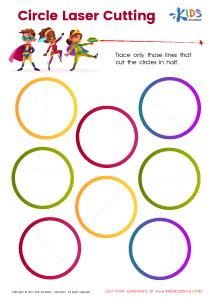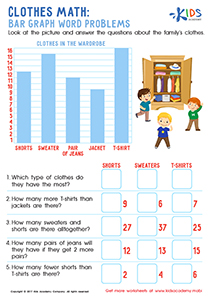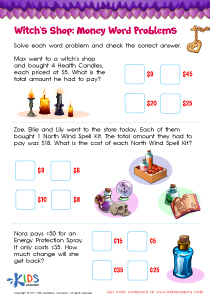Logical Reasoning Normal Grade 2 Addition and Subtraction Word Problems Worksheets
4 filtered results
-
From - To
Enhance your second grader's mathematical skills with our engaging "Logical Reasoning Normal Grade 2 Addition and Subtraction Word Problems Worksheets." These worksheets are designed to develop critical thinking and problem-solving abilities through age-appropriate, real-world scenarios. Students will tackle addition and subtraction word problems that challenge them to visualize, analyze, and apply their reasoning skills effectively. With a variety of problems catered to different learning styles, these resources will keep your child motivated and excited about math. Perfect for classroom use or home practice, our worksheets provide valuable support in building a strong mathematical foundation for young learners. Start exploring today!


Enrichment -2 Step Word Problems Worksheet
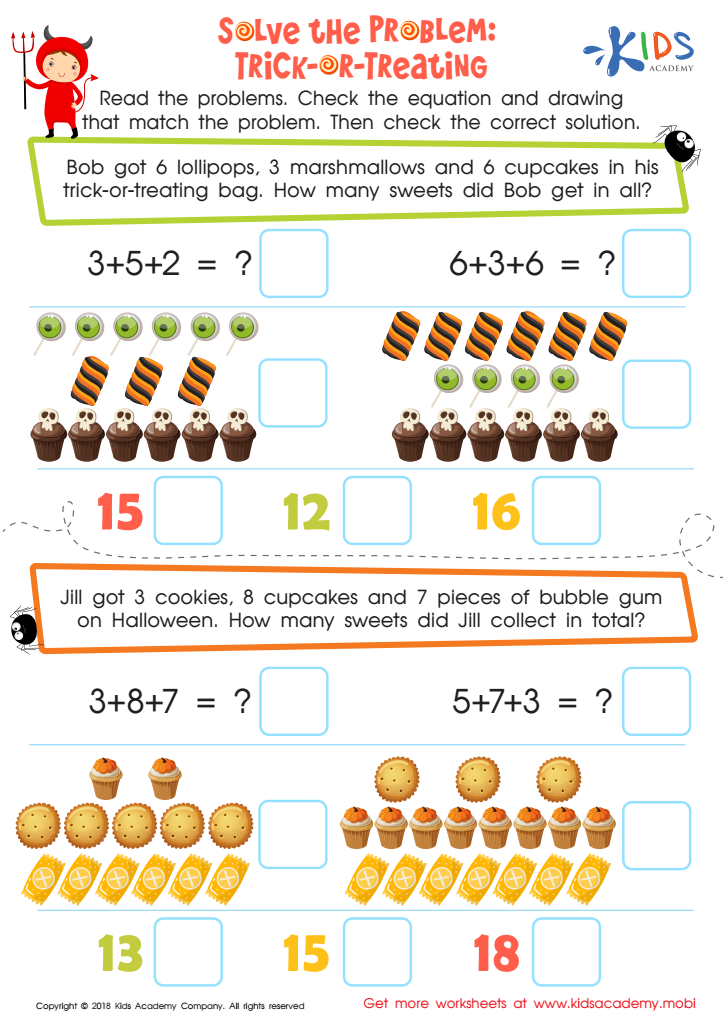

Solve the Problem: Trick–or–treating Worksheet
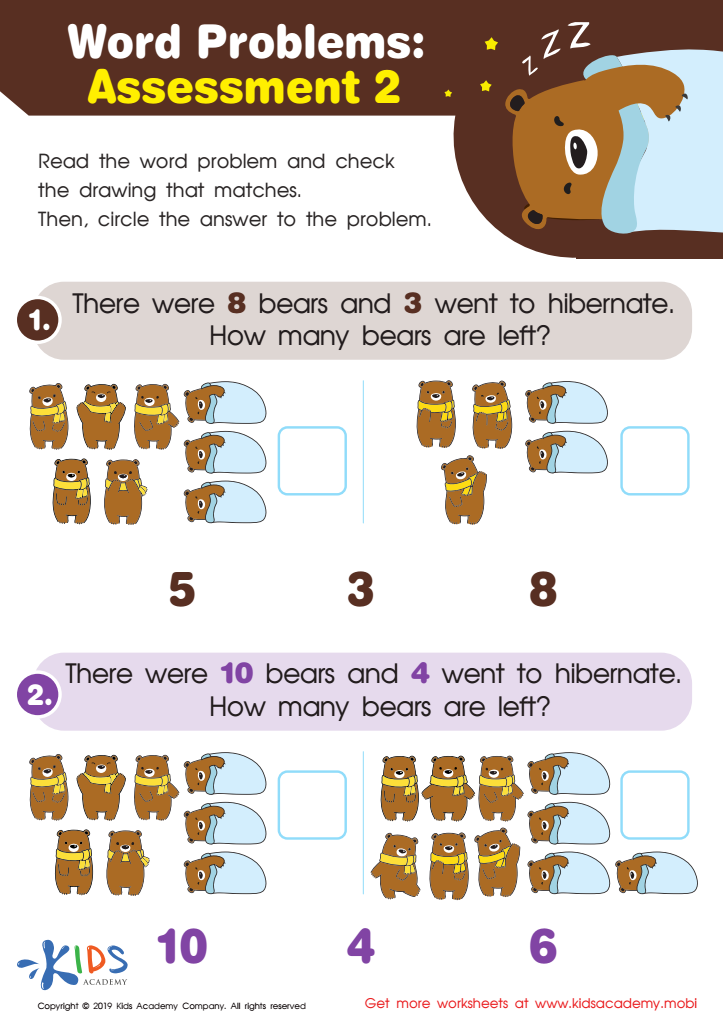

Word Problems: Assessment 2 Worksheet


Addition and Subtraction: Word Problems Worksheet
Parents and teachers should prioritize logical reasoning in Grade 2 addition and subtraction word problems because it lays a strong foundation for critical thinking and problem-solving skills. At this developmental stage, children are transitioning from concrete math skills to more abstract reasoning. When students tackle word problems, they learn to interpret and analyze information, which enhances their cognitive capabilities.
Moreover, logical reasoning helps children develop the ability to relate mathematical concepts to real-life situations. This connection makes learning more meaningful and engaging. By solving word problems, students practice identifying relevant information, choosing appropriate operations, and checking their work, which reinforces their overall math comprehension.
Additionally, fostering logical reasoning in young learners promotes resilience and perseverance when facing challenges. It teaches them that complex problems can be broken down into manageable parts, encouraging a hands-on approach to challenges beyond math.
Lastly, a strong grasp of logical reasoning in early grades primes students for future academic success across disciplines, as critical thinking is essential in not only mathematics but also language arts and science. Ultimately, investing time in this skill leads to a more well-rounded and confident learner, setting the stage for lifelong learning.
 Assign to My Students
Assign to My Students








